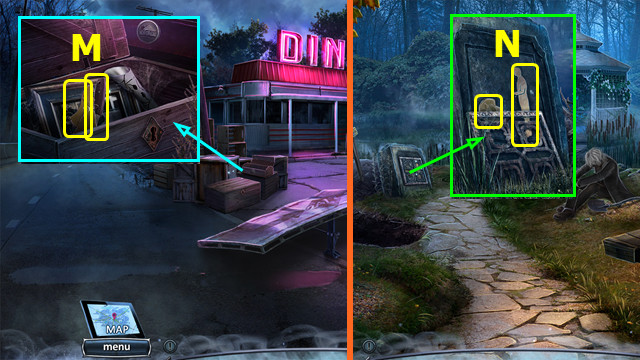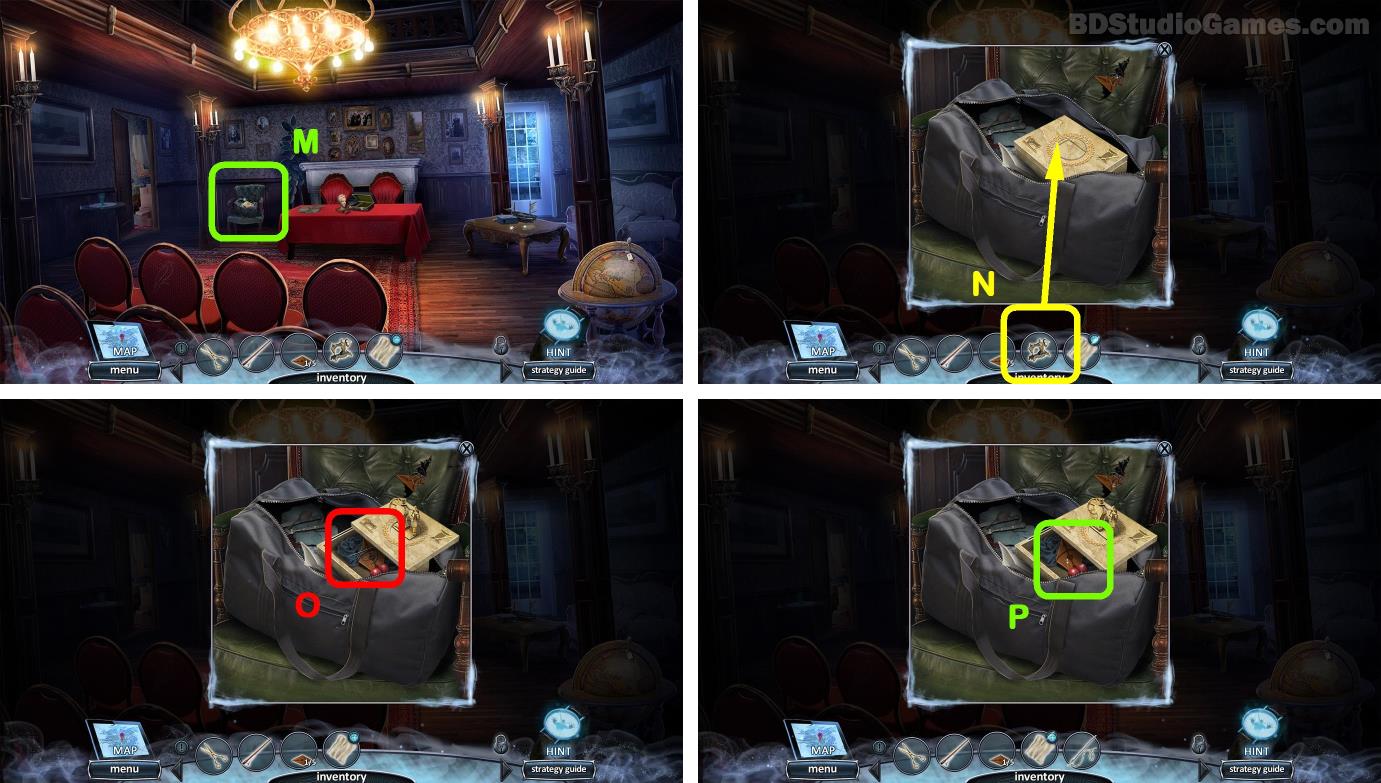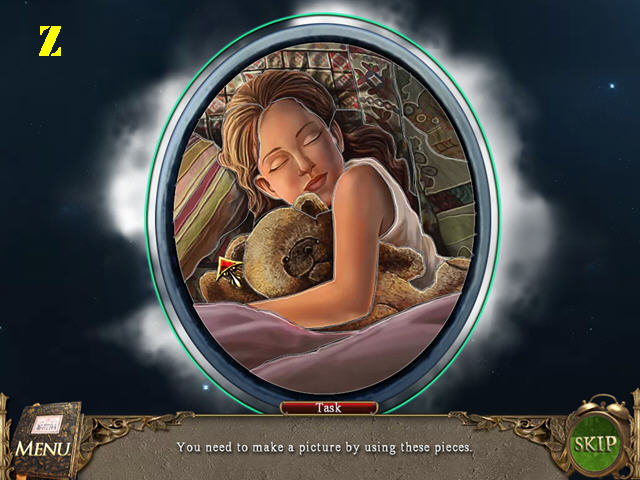

Henri Lefebvre suggested that every society produces a certain kind of space of its own and Marc Auge affirms that our supermodern times have spawned a new type of space: the non- place. Everyday life happens within the context of non- places with unique characteristics and singular manipulations to which space and time are susceptible in videogames, thereby expanding on the player's field of everyday reality in particular ways.


My central argument is that spatiotemporal experiences in videogames occur within the context of everyday life, rather than residing within the realm of virtual reality, a simulation that evokes the construction of a space of representation that can be related -as if it were real, effecting a separation from the -really real. I draw on theories from art, architecture, geography and anthropology in order to understand how the spatiotemporal elements in videogames relate to contemporary approaches to space and time where the ideas of non- places and everyday life are paramount. From the designer's monitor to the player's screen, spatiotemporal elements shape the player's experience of videogame spaces, expanding on her perceptions of everyday life. This thesis explores the concepts of space and time in videogames. Besides philosophy it is indispensable to incorporate theories and methods of research fields like urbanism as well as architectural history and theory for the purpose of a coherent reasoning. The momentum of the staged city as spatial (often vertical) challenge and its systems of meaning in context of motion patterns, courses of action and game mechanics will be presented. Therefore, and this is the central assumption of this paper, said ambiguous play patterns are caused by multistable cityscapes. So in oscillating between two different modes of perception players tilt between correlating and complementary gameplay styles that – by navigating urban game spaces – also are interfering with the widely known prospect-refuge theory which is one of the most used gameplay patterns in computer games. The paper focuses on two theoretical complexes by Deleuze/Guattari and by de Certeau, which both consist of dichotomous aspects. In order to analyze and reveal the importance of buildings and cityscapes and thus the spatiotemporal appropriation in context of open world game spaces a transdisciplinary approach is needed. Through this analysis, the dissertation proposes there is much to be gained by considering how this playful movement offers augmented perspective of earlier work on urban circulation, specifically within Edinburgh, and highlights the importance of a critique of play and games within Cultural Studies.

This dissertation investigates how Edinburgh – whilst still in use by the general public – is co-opted by the game to host a scenario in which participants move through the city in a different, more playful, method than everyday motion in an urban setting. These varied theorists are drawn into this dissertation on playful movement in the city, incorporating case studies of the use of the City of Edinburgh in 20 for the “zombie chase game” 2.8 Hours Later. Anthropologists, sociologists and cultural critics have considered the value and importance of play – Johann Huizinga and Roger Caillois foremost, but also more recently Mary Flanagan and Brian Sutton-Smith, and urban theorists such as Quentin Stevens look at architecture as being playful and lending a “ludic” quality to city space. Previous cultural theorists and philosophers who considered urban movement – including Henri Lefebvre, Guy Debord, Michel de Certeau and Walter Benjamin – studied the city as a site of production and consumption, analysed rhythms of capital and the everyday, and considered dualisms in movement such as structure/freedom and constraint/wandering. This dissertation considers the use of the city as a site for “playful” movement, and how this form of circulation may yield insight into existing theories around motion within the city.


 0 kommentar(er)
0 kommentar(er)
